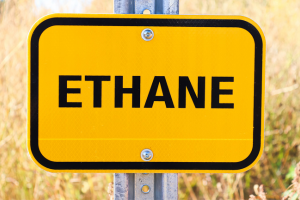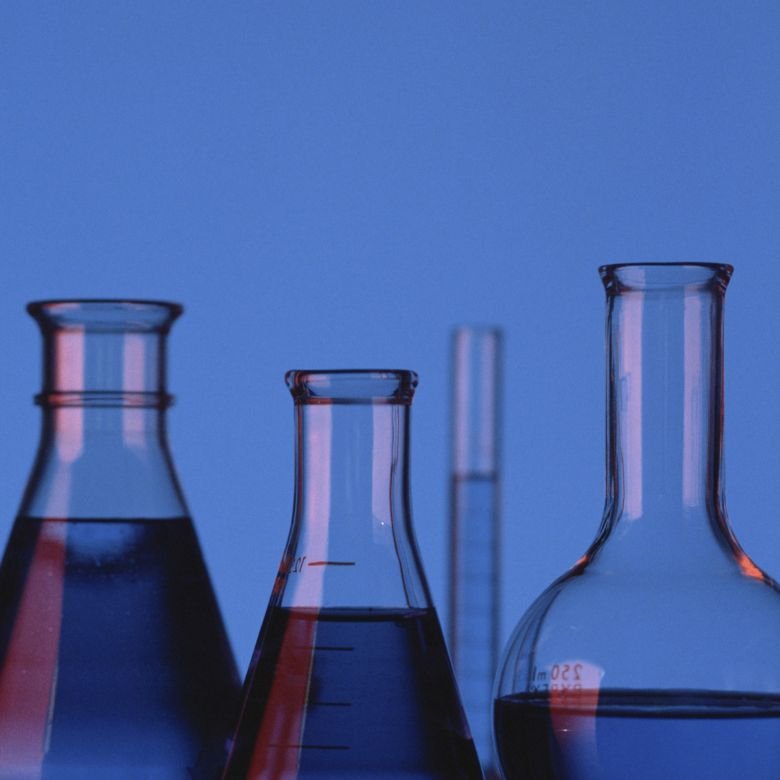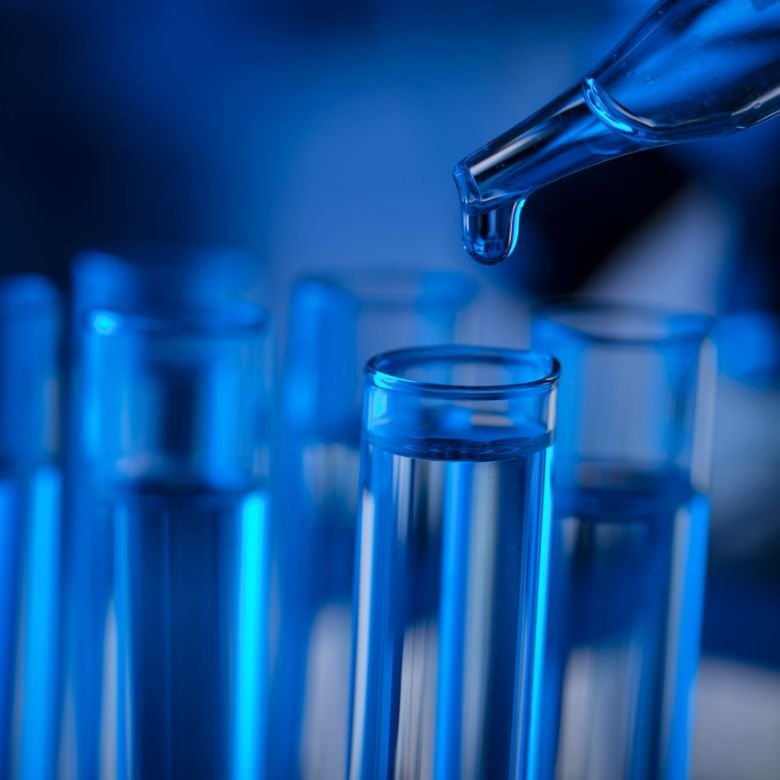Ethane is structurally the simplest hydrocarbon that contains a single carbon–carbon bond. The second most important constituent of natural gas. With methane, ethane begins the homologous series of alkanes. Its chemical structure makes it not very reactive chemically, but it is an important feedstock in industry. Ethane is an important constituent of natural gas and the primary gaseous fuel in the petrochemical industry. Its derivatives are also very important, including ethylene, acetylene and ethyl alcohol in particular.

Ethane: general characteristics
The compounds of carbon with hydrogen are called hydrocarbons. In organic chemistry, depending on the chemical structure of such compounds, homologous series – or families – of chemical compounds are distinguised, characterised by a shared general formula. Ethane belongs to the homologous series of alkanes, or saturated hydrocarbons (also called paraffin hydrocarbons). They are characterised by the fact that all bonds between carbon and hydrogen atoms are saturated. The molecular formula of ethane is C2H6. Each of the carbon atoms in the molecule adopts sp3 hybridisation and is tetravalent. Individual atoms are connected to each other by covalent bonds. The two carbon atoms in an ethane molecule bond directly to each other with a single bond. Moreover, there are three bonds from each carbon atom to which hydrogen atoms are attached. Unlike unsaturated counterparts of ethane, ethene and ethyne (also known as ethylene and acetylene), ethane molecules do not show cis-trans isomerism that are common to these compounds and involve different spatial configurations of substituents around the carbon ring.
Preparation and properties
Small amounts of ethane are found in natural gas. However, it should be noted that compared to the main constituent of natural gas, namely methane, ethane constitutes only about 1% of it. Ethane also accompanies oil deposits. Other sources of ethane include biomass pyrolysis products and biogas generated in specifically designed anaerobic digesters. On an industrial scale, it is also extracted by steam cracking, refining and other crude oil processing.
On a larger scale, ethane is obtained as a product of thermal processing of crude oil and coal. On a laboratory scale, the compound can be obtained by electrolysis reaction of a concentrated sodium acetate solution. In addition to ethane, the reaction also produces carbon dioxide. Another method used frequently is catalytic hydrogenation of ethene (a representative of alkenes). In this process, a hydrogen molecule is attached to the unsaturated double bond shared by carbon atoms. Under normal conditions, the reaction is not very efficient, so ethene hydrogenation processes are carried out in the presence of a platinum catalyst.
The physical and chemical properties of ethane:
- Colourless and odourless gas (at room temperature).
- Insoluble in water.
- Well soluble in organic solvents.
- Highly flammable.
- It undergoes complete and incomplete combustion reactions.
- It has low chemical reactivity.
- Its density is greater than that of air.
- Non-toxic.
Ethane is a hardly reactive chemical compound. This is because all the atoms in the molecule share single bonds that are difficult to break. However, ethane derivatives, representatives of alkenes and alkynes, such as ethene and ethyne, also called acetylene, demonstrate different behaviour. Their molecules contain unsaturated double and triple bonds between carbon atoms, respectively. Since such bonds are easy to break, they make the said compounds highly reactive, as in, for example, substitution reaction.
The main chemical reaction of ethane is combustion. Depending on the conditions of combustion, i.e. the supply of air or oxygen, the products of combustion may differ:
- Complete combustion occurs with unrestricted access to air. It is the most energetically efficient. Reaction products include carbon dioxide and water molecules.
- Incomplete combustion occurs with limited air supply. It is not efficient because of the resulting products. Incomplete combustion produces poisonous carbon monoxide (II) and water or carbon and water.

Ethane applications
Along with propane and butane, ethane is used as energy feedstock. Ethane is one of the main constituents of fuels for camp stoves because of its high flammability, lack of odour and high calorific value. It is less important in heating houses and apartments.
Ethane is an important feedstock in the chemical industry. It is used not only for generating energy but also in a number of industrial processes. Ethane is used, among others, for the production of ethyl alcohol, acetylene or ethylene glycol. It is also an important component in plastics manufacturing processes.
Ethane is a petrol additive. The purpose of adding ethane to petrol is to increase its octane number.
Ethane is also a component of antifreeze agents and detergents. Thanks to its properties, it may serve as a refrigerant. In such applications, it is marked as R-170. Designed for use particularly in low-temperature refrigeration. An interesting application of ethane is its use in the food industry. It accelerates ripening of certain products, especially fruits.
Key ethane derivatives
Ethylene
Ethene is a representative of the homologous series of alkenes. Two hydrogen atoms that make up the hydrocarbon chain share an unsaturated double bond. Ethene, also commonly called ethylene, is a product of catalytic dehydrogenation of ethane. Dehydrogenation is usually performed with a nickel catalyst. An unsaturated bond in the ethene molecule makes the compound highly reactive. It is easily added to the double bond of molecules such as chlorine, bromine, hydrogen chloride, hydrogen bromide, water and more. Ethene also undergoes polymerisation, which involves joining of short fragments (monomers) into long chains (polymers). The product of this catalytic process is a transparent substance called polyethylene.
Polyethylene is a basic product broadly used for making packaging, plastic bottles, wrap film, photographic films and much more. In the industry, ethene is essentially used for the production of plastics. Moreover, it serves as a substrate in the processes of obtaining such compounds as acetic acid, ethyl alcohol and ethylene glycol.

Acetylene
Another derivative of ethane is acetylene. It is the first representative of the homologous series of alkynes. Acetylene molecule is made up of two atoms of carbon and two atoms of hydrogen. Such a chemical structure suggests that there is a triple unsaturated bond between the carbon atoms. The bond largely determines the properties of the compound. Acetylene is an extremely reactive gas. It undergoes combustion and addition reactions (with bromine, chlorine, bromine hydrogen, among others). Like ethylene, it undergoes polymerisation reaction to form polyacetylene. In spite of its interesting functions (such as electrical conductivity), the compound is difficult to obtain. In the chemical industry, it may also be used to synthesise organic solvents.
Acetylene has a wide range of applications in various sectors of the industry. One of the most important applications is oxy-acetylene torches. They are used for metal working and cutting, as well as welding. There are also acetylene lamps in which the gas is used as an illuminant. Historically, it was produced and burned in so-called Carbide lamps. Today, this method is no longer used. High-purity acetylene is administered to patients in the form of anaesthesia.
Ethanol
Ethanol is a colourless liquid with a characteristic odour, astringent taste and high volatility. Ethyl alcohol is an ethane derivative containing an -OH hydroxyl group in its molecule. Ethanol is highly polar and mixes with water in any ratio. Ethanol is also a solvent for several organic compounds. Although it is a derivative of ethane, it is obtained on an industrial scale through alcoholic fermentation of raw materials that contain sugars. These may be potatoes, corn or cereals. The finished product is separated and purified by distillation. The maximum achievable concentration of ethanol is about 96% (azeotropic mixture of ethanol and water).
Ethanol is has the greatest importance in the food industry. It is used not only for the production of alcoholic beverages, but also vinegar and food flavours. In the pharmaceutical industry, it is used to make syrups and topical disinfectants. Because of its properties, ethyl alcohol is also used in the cosmetic industry to make perfumes.
Ethylene glycol
Like ethanol, ethylene glycol is another alcoholic derivative of ethane. This compound is made of two atoms of carbon connected by a single bond, to which two -OH hydroxyl groups are attached. Glycol comes in the form of a thick and colourless liquid. It is easily dissolved in water. Ethylene glycol is an example of the simplest polyhydroxy alcohol. It is relatively cheap to make but its main disadvantage is that is crystallises at low temperatures.
Ethylene glycol is one of the key ingredients used in anti-freeze products for HVAC and automotive systems. The substance is also found in a number of household products, including detergents, cosmetics, paints and solvents. Other uses for ethylene glycol include the production of plastics, inks and heat carriers.
- https://www.ilo.org/dyn/icsc/showcard.display?p_card_id=0266&p_version=1&p_lang=pl
- https://encyklopedia.pwn.pl/haslo/etan;3898828.html
- https://pubchem.ncbi.nlm.nih.gov/compound/Ethane
- https://www.britannica.com/science/ethane
- https://pubchem.ncbi.nlm.nih.gov/compound/Ethane-13C2
